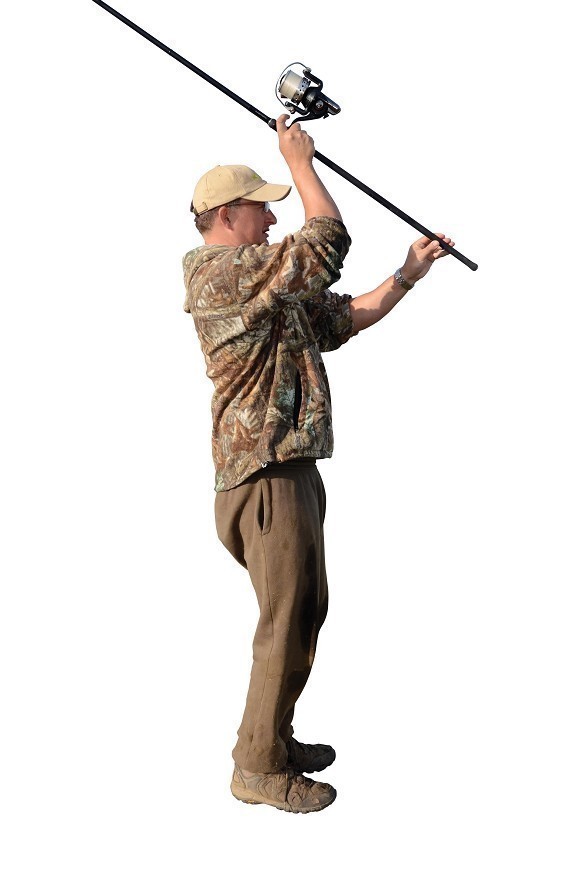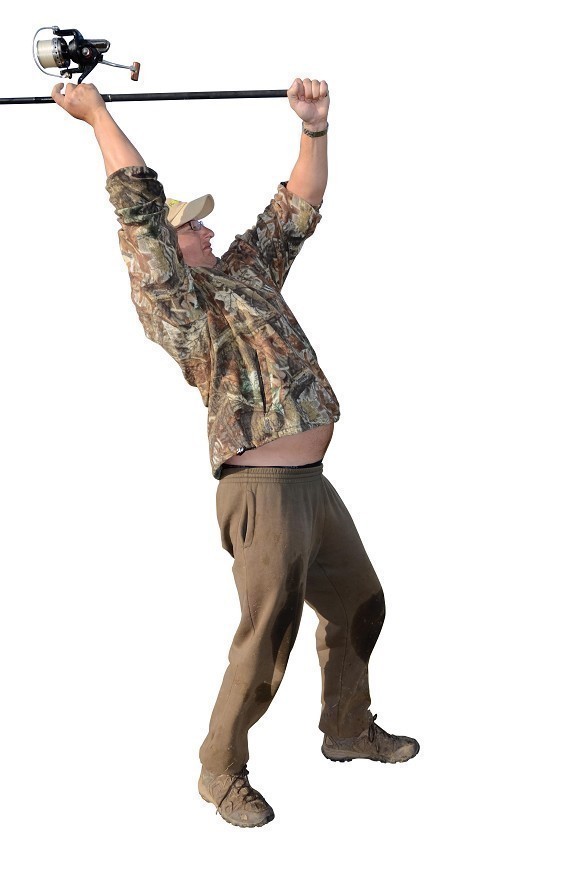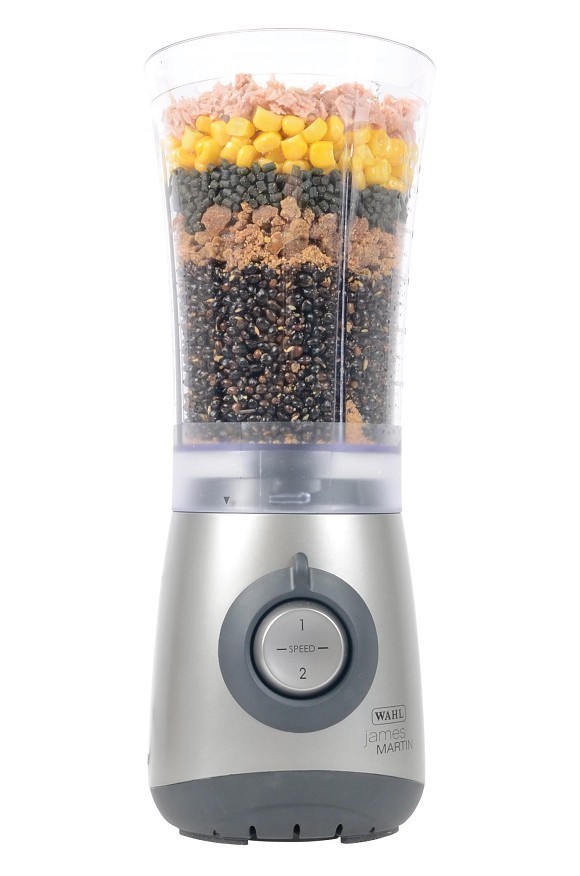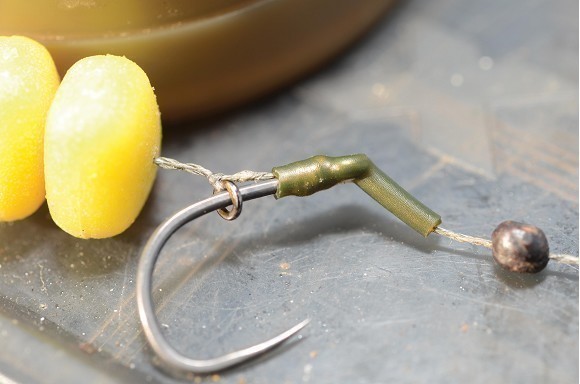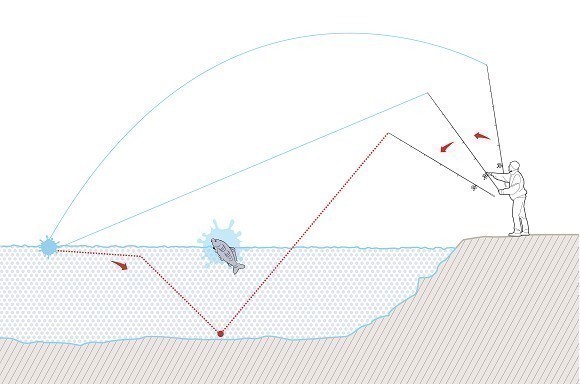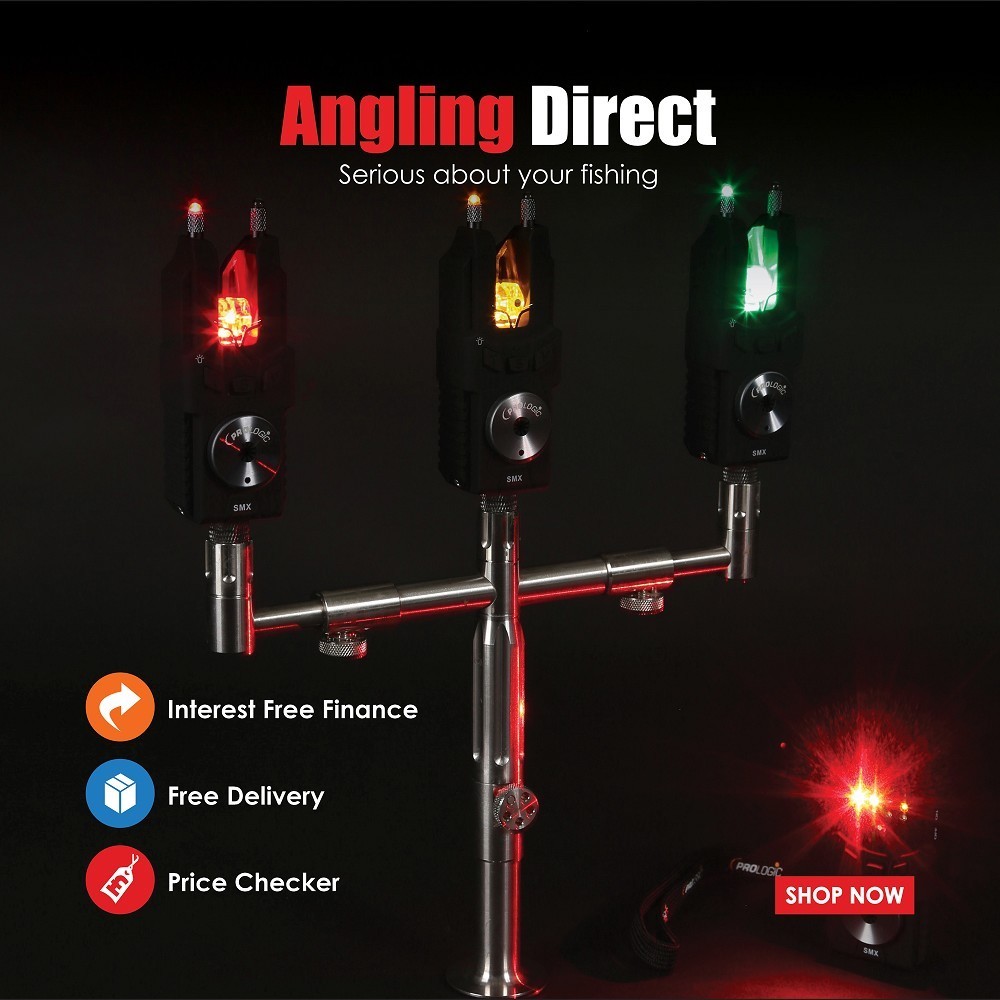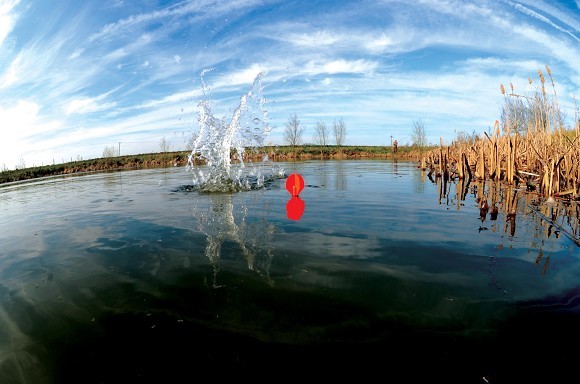
How to make this summer the best yet!
Danny Fairbrass reveals his top five edges that will ensure you put more fish on the bank this summer!
1. Take less casts to hit the spot
“To help record the ‘sexy spots’ where I think I will get a bite or have had bites in the past, I write down how many turns of the reel it takes to wind back in from that spot. I also make a note of what direction I cast to and from which swim. Then, when I arrive in one of my chosen swims, I can cast the rough distance that it would be into open water and away from the spot so I don’t cause any disturbance and then clip up and reel back, counting the number of turns on the reel. If on the first cast I’m 56 turns, but the spot is 61 turns, then I simply recast, remove the line from the line clip on the reel, remove another five turns of line before clipping up again. Now I can simply line up the cast and I’ll be fishing onto that exact spot without causing any disturbance to that area.”
“If I’m arriving at a new lake there are a few things I do to ensure I hit the marker float with only a few casts, but as with everything, it’s all about practising. First off you want to start practising casting at shorter distances with very small PVA bags which don’t unbalance your set-up. By using a balanced set-up it will instantly help improve accuracy – i.e. a 3lb TC rod being used with a 1oz lead will feel like its not there and a 4oz lead will be overloaded and too heavy. A 2.75 to 3oz lead set-up should be about perfect.”
“The key to accurately casting is in your stance. Like a golf player, if your stance is facing off to the left, then there’s a higher chance of you pulling your cast over to the left. Stand with the forward foot (if you’re right-handed it will be your left foot) pointing to where you want the cast to go and the lead to land.”
2. Add 10yds to your cast
The fault: The biggest and most common fault I see is the angler being all too tight. Their arms are too close to their body, they’ve not got a solid grip on the rod and their stance isn’t balanced and positioned correctly. By casting as I’m demonstrating above, you’ll instantly lose 20yds off your best cast.
The fix: The goal is to get you working the whole of the rod – not just the tip section. This will mean you’ll be compressing the rod better, which in turn means you’ll achieve greater distances. To achieve this isn’t actually that difficult, it’s just a case of adjusting a few key elements.
• Tighten up: One simple tip before you start trying to hit the horizon is to tighten down your reel clutch. When making a big cast, sometimes the spool can slip and if you’re not wearing a finger stroll the main line can cut into your finger.
• Front facing: Face parallel to the swim with your back leg slightly bent and with your body weight leaning back on it.
• Lengthen: The drop (the distance from your rod tip to the lead/rig) should be lengthened to half the length of the rod – i.e. so the lead is level with the spigot before casting.
• Straight up: Having both arms almost positioned straight up above your head will help you create a large 180ş arc. Also, by using the hand around the butt of the rod to pull down increases the power.
• A big arc: Most people when casting only move the rod through 60-70° – like a small whip – meaning only the last couple of feet is compressed and bends. So, by putting the rod action through 180° it will help drastically increase how compressed the rod is and will improve the overall distance of the cast.
• Starting and finishing: The rod tip at the start of the cast should be dropped right back behind you and at the end of the cast the angle of the rod and line should match, easing the flow of line through the rings.
3. Create the ultimate 'cheap' spod mix
Hempseed
“You can instantly save money by preparing your own hempseed. You can get decent quality hemp (the best stuff is clean and shiny) from most animal feed stores for around £20 for 20kgs. Hemp will form around 70% of my overall Ultimate Cheap Spod Mix, so I want it to be as appealing as possible. To achieve this, I soak the hemp overnight at an approximate ratio of 4:1 water to hemp. Next, bring it to the boil and continue boiling for ten minutes and then simmer for around thirty minutes or until the seeds are splitting. Once the hemp is split, remove from the heat and allow to cool. At this stage I add plenty of salt.”
Boilies
“Boilies are expensive when compared to the other items in this mix, so to make them go further, I chop them up in a food processor to blend or if I’m on the bank I’ll use a Korda Krusha. If I do include boilies, then it accounts for around 20% of the mix.”
Pellets
“I only add pellets to the mix if the lake hasn’t got bream in it. If that’s the case, then hemp is dropped to 60% and high-oil trout pellets are added for the summer and low-oil for the winter. Just like the hemp, pellets can be really cheap if purchased in bulk.”
Sweetcorn
“Probably one of the best carp baits out there, hence why I always add a can of sweetcorn to my mix. If I intend to fish a piece of plastic corn as my hookbait, then I might add a tad more.”
Tuna
“In the summer time I will add at least one tin of tuna in sunflower oil. For the winter months, I change over to tuna in brine, which is easier to digest as it has less oil. The carp love this stuff and it gives off a wonderful slick.”
4. Never lose a fish again
“It happens to all of us,” explains Danny, “but there are few things you can do to reduce the amount of hook pulls. First off, keeping the rod tip high; let the rod do the work when playing the fish, especially when it’s close in, as this is when most hook pulls occur. ”
“Using a very sharp hook and creating an angle with a bit of shrink tube around the eye of the hook to help it flip over will really help. Using a blunt hook will take a lot more force to penetrate the flesh compared to one that’s fresh out-the-packet razor sharp and might then fall out as the fish shakes its head.”
“There are various ways of checking your hook point, but personally I use what’s known as the ‘Nail Test’. I check every hook point on my nail before casting it out and if it’s sharp the hook should dig in, if it’s blunt it will simply glide across your nail. Having a sharp hook is essential.”
5. Cast to a showing fish
Casting to a carp that has just jumped/crashed/rolled is a very good way of getting a quick bite. However, land the lead directly on top of where it showed and you run the risk of spooking it, or worse still, cast too long or too short and the fish
might never find your hookbait.
Step 1: “When you see a carp crash, line it up with something on the far bank and also note the distance it showed at. Now quickly reel in a rod, check the rig and hookbait are okay, line up with your far bank marker and then make a nice, smooth cast. Now here’s where you can get it very wrong…”
Step 2: “You should aim to land the lead past where the fish showed – maybe 10yds or so and reel back quickly so the lead is quietly skipping across the water’s surface. Once you reach the area the fish showed in, stop reeling and slowly let the lead sink on a tight line. I’d advise not to use any PVA products (stringer, bag or Stick bag) as it’s likely to separate as you try to move it through the water.”





